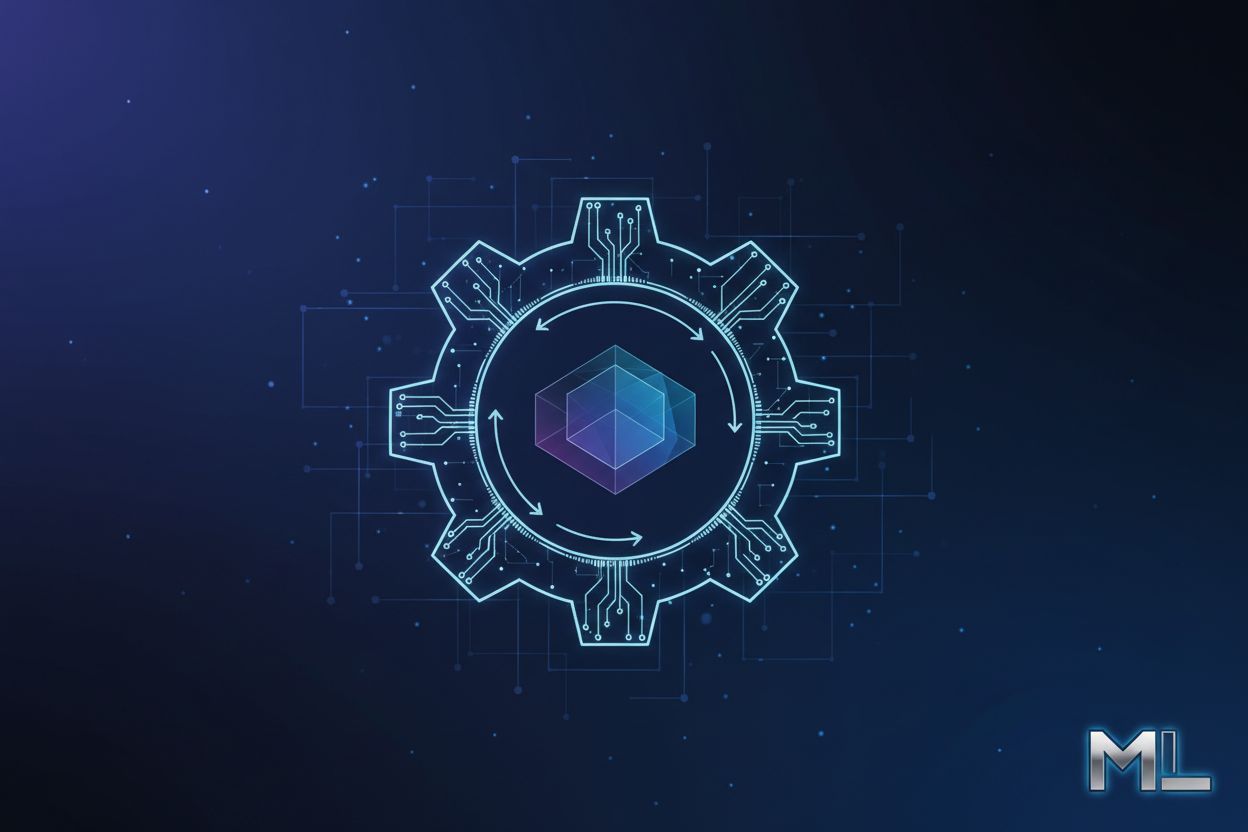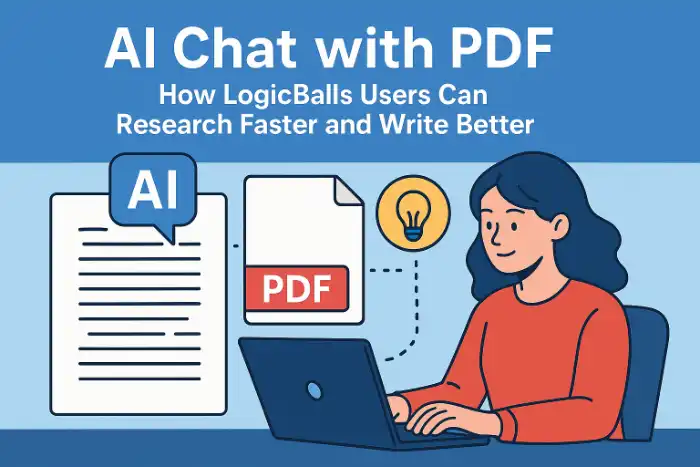Automating Legal Document Drafting: Can AI Handle Complexity?
Law firms today are under more pressure than ever to deliver results quickly without sacrificing the quality of their work. As caseloads grow and expectations rise, many legal professionals are turning to technology to ease the load—especially when it comes to drafting legal documents. AI tools are now being used to assist with everything from demand letters to complex case briefs. Still, a big question remains: Can AI truly manage the depth and detail required in legal drafting? In this blog, we’ll take a closer look at how legal drafting AI is making its way into law firm workflows, explore where it works best, and what legal teams need to consider before relying on it.
What Is a Legal Document and Why Does It Matter?
A legal document is any document that carries legal significance—contracts, demand letters, agreements, court filings, settlement or reconciliation agreements, and more. These documents must be precise, consistent, and compliant with legal standards. Any miswording can lead to misunderstandings or even legal disputes. Historically, these documents have required hours of manual work from lawyers and paralegals. But thanks to AI legal document tools, that’s changing. If you're new to the subject, it's worth understanding the types of legal drafting and essential skills that form the foundation of creating effective legal documents.
The Rise of AI in Legal Drafting
Legal drafting AI uses advanced technologies like Natural Language Processing (NLP) and machine learning to help legal professionals generate accurate and structured documents faster. These systems are trained on vast datasets, including previous cases, legal templates, and jurisdiction-specific standards. Let’s break this down:
- NLP helps machines understand and generate human language in a legal context.
- Machine Learning allows AI to learn from past legal drafts and improve future document creation.
Benefits of Using AI for Legal Drafts
Here’s how law firms benefit from AI-powered tools:
✅ Speed and Efficiency
AI can draft a legal document in minutes by pulling relevant data and formatting it according to pre-set templates. This dramatically cuts down the time spent on repetitive tasks.
✅ Improved Accuracy
By minimizing manual input, legal documents AI helps reduce errors in legal drafts. These tools can flag inconsistencies, missing sections, or outdated clauses.
✅ Cost Reduction
Automating the creation of legal drafts reduces administrative workloads, allowing firms to reallocate staff to more critical areas.
✅ Consistency in Output
AI ensures your legal draft maintains a consistent tone, structure, and legal accuracy across all documents, which is crucial for large-scale firms or those managing multiple jurisdictions.
Can AI Handle Complex Legal Scenarios?
One concern many legal professionals have is whether AI can manage complex legal situations that require nuanced thinking. The answer is both yes and no. AI excels in:
- Drafting standard legal documents (e.g., NDAs, contracts, settlement letters)
- Extracting data from medical or police reports
- Organizing treatment timelines for personal injury cases
But it still requires:
- Human oversight for final review
- Legal reasoning that considers case-specific subtleties
AI legal document solutions should be viewed as support tools, not replacements. Human attorneys are still essential for contextual interpretation and final sign-off.
Practical Use Cases of AI in Legal Document Drafting
Let’s look at how firms are using legal drafting AI in real-world scenarios:
📌 Demand Letters
AI systems can generate compelling demand letters by extracting injuries, treatment details, and damages from case files. This speeds up case initiation and improves the chances of favorable settlements.
📌 Case Briefs
AI can draft briefs by analyzing relevant case law, pulling citations, and summarizing facts—saving hours of manual research.
📌 Medical Chronologies
For personal injury cases, AI tools can summarize complex medical records and highlight critical points like missing data or recovery timelines.
What to Look for in a Legal Drafting AI Tool
Not all AI legal document tools are built the same. If you're considering one for your firm, here are some features to prioritize:
- Gap Identification: Can it detect missing reports or documents?
- Timeline Summarization: Does it arrange treatment or case events in a clear, chronological order?
- Legal Insight: Does it flag weak points or strengths in a claim?
- Customization: Can you adapt the legal draft to match your firm's voice or jurisdiction?
AI and Legal Professionals: A Collaborative Future
The goal of integrating legal documents AI is not to replace lawyers but to assist them in working faster and more efficiently. Human expertise remains irreplaceable in interpreting legal context, building arguments, and negotiating outcomes. Firms that successfully integrate AI do so by combining the machine's efficiency with the lawyer’s critical thinking.
Conclusion: Can AI Handle Legal Complexity?
Absolutely—AI in legal drafting is not only possible but already proving its value in law firms worldwide. From boosting efficiency to increasing settlement values, AI legal document tools are becoming indispensable assets for modern legal practices. However, like any tool, its success lies in how it’s used. When paired with expert human oversight, legal drafting AI offers a competitive edge that firms can’t afford to ignore. Ready to explore the power of AI in your law firm? Start small—test a legal drafting AI tool on routine documents and experience how much time and effort it saves. The future of legal practice is automated, intelligent, and collaborative.




